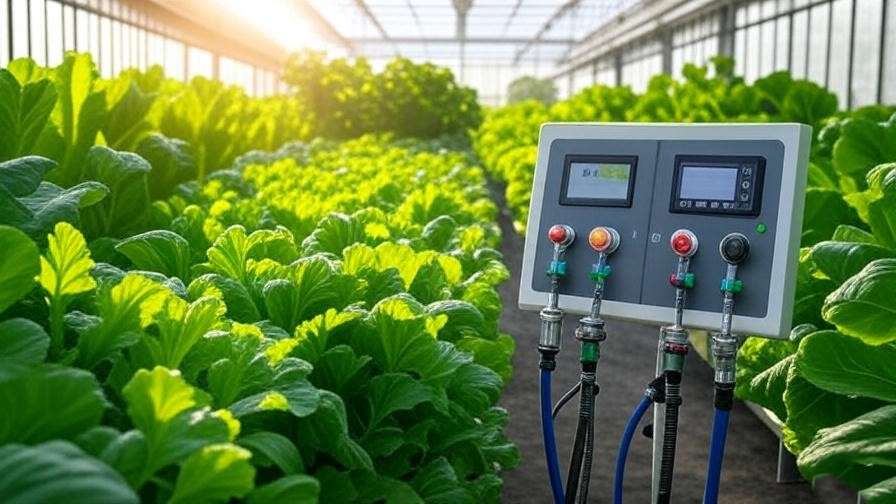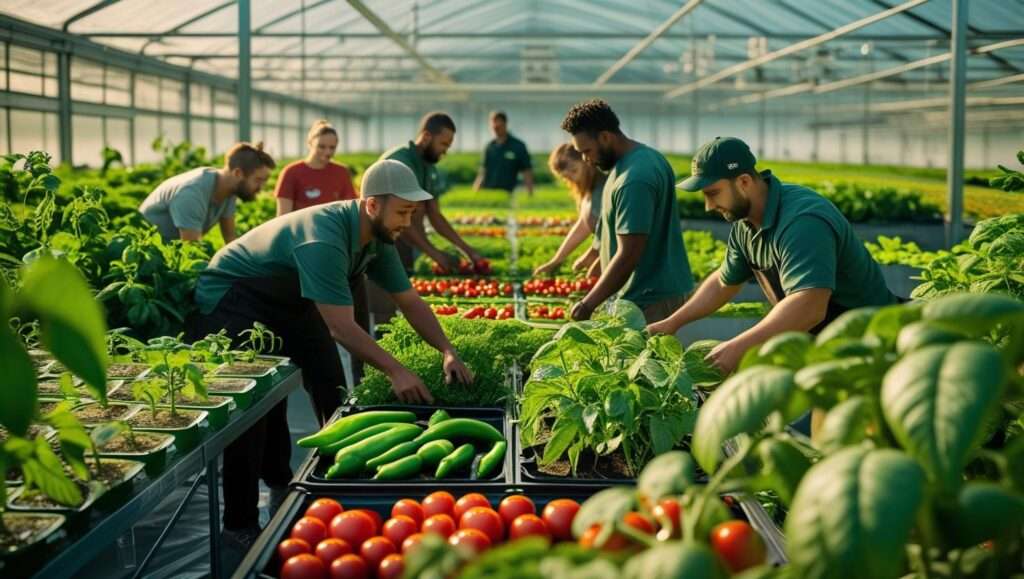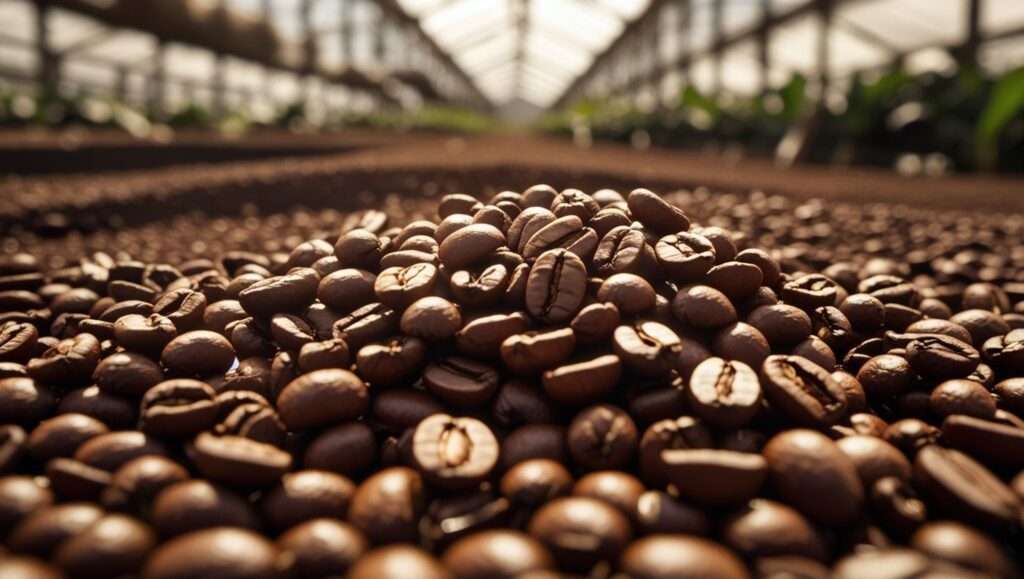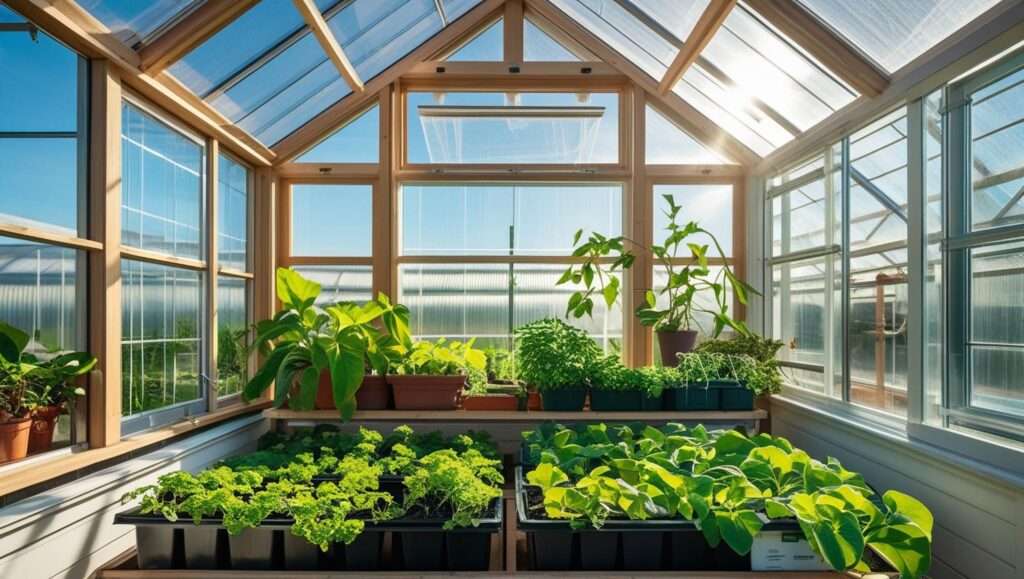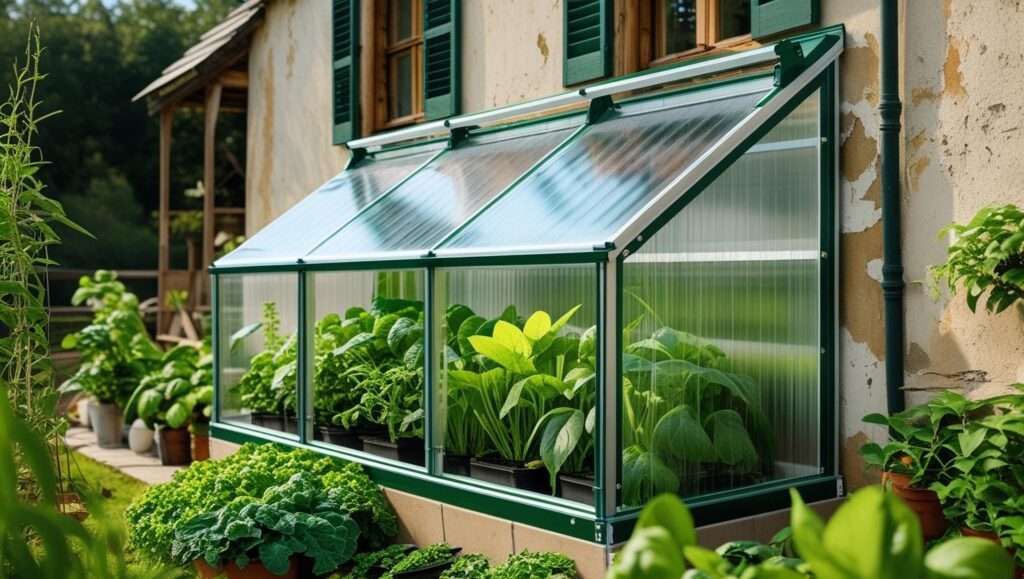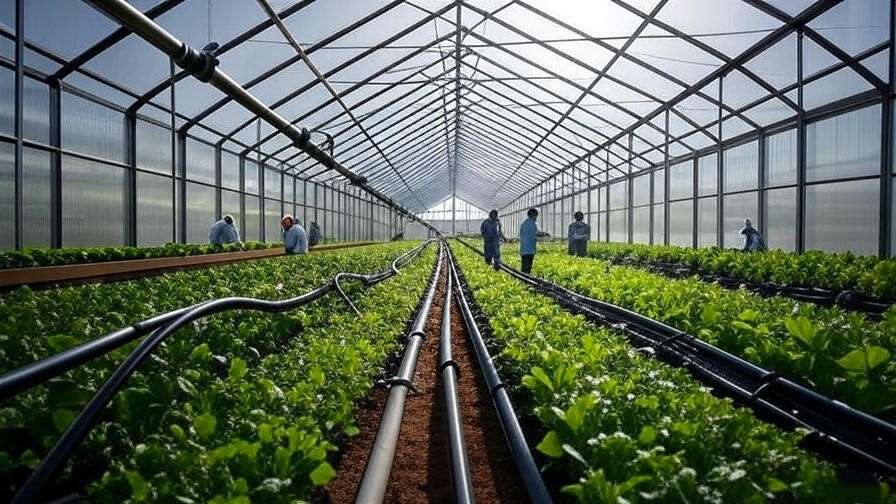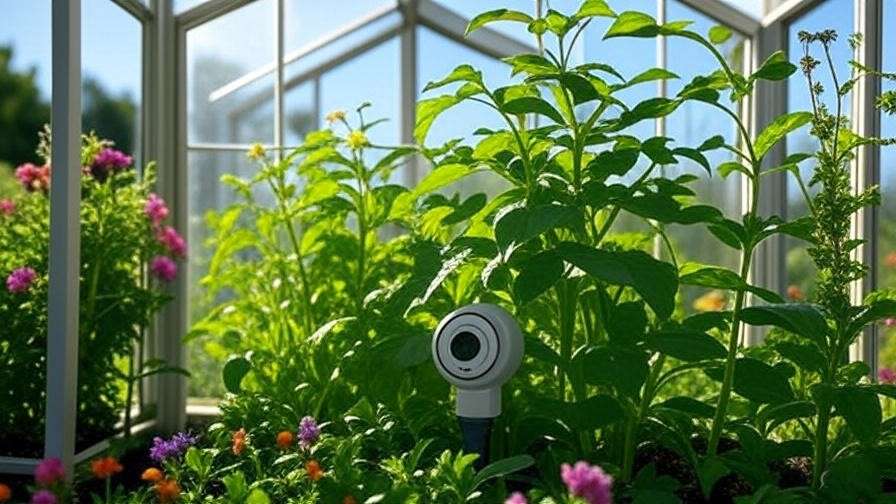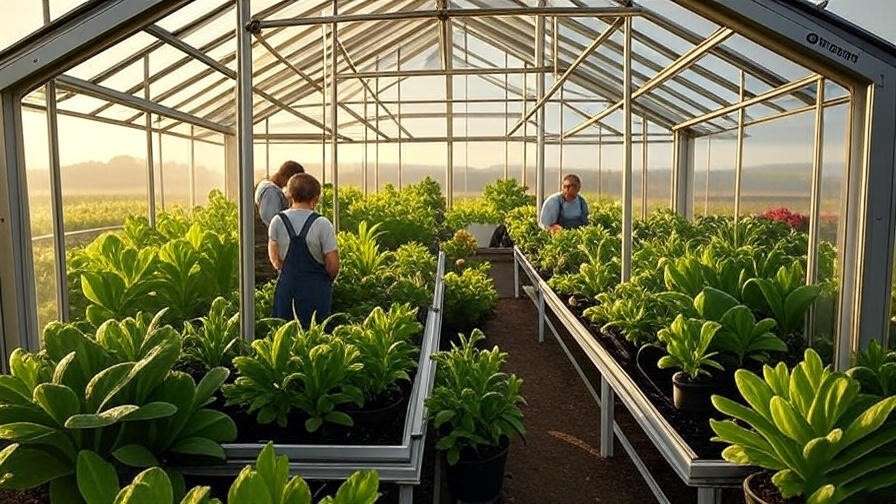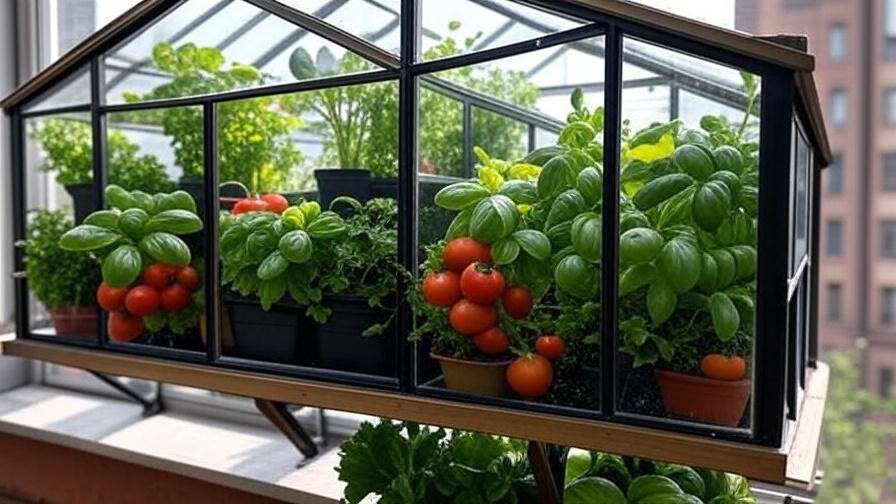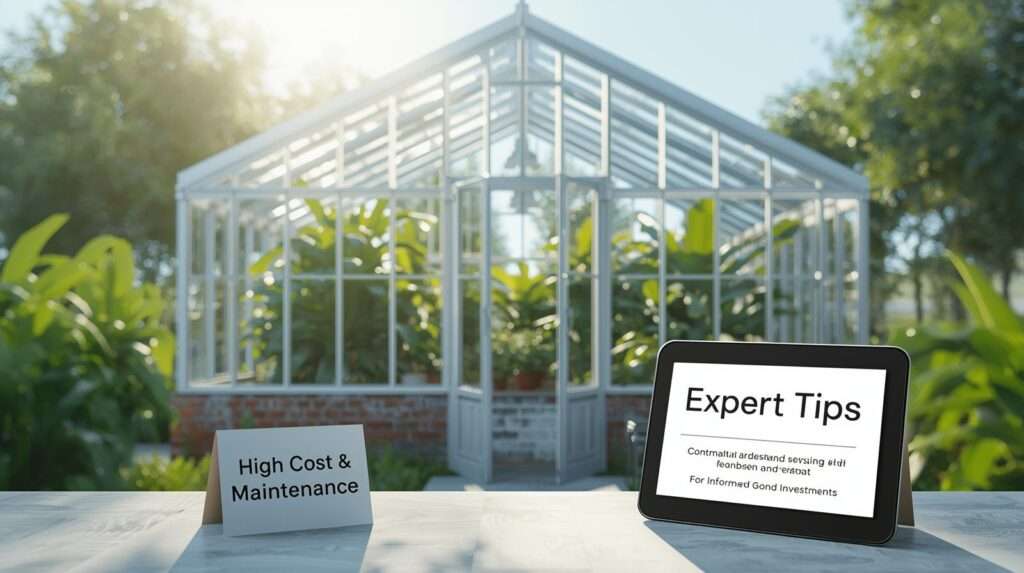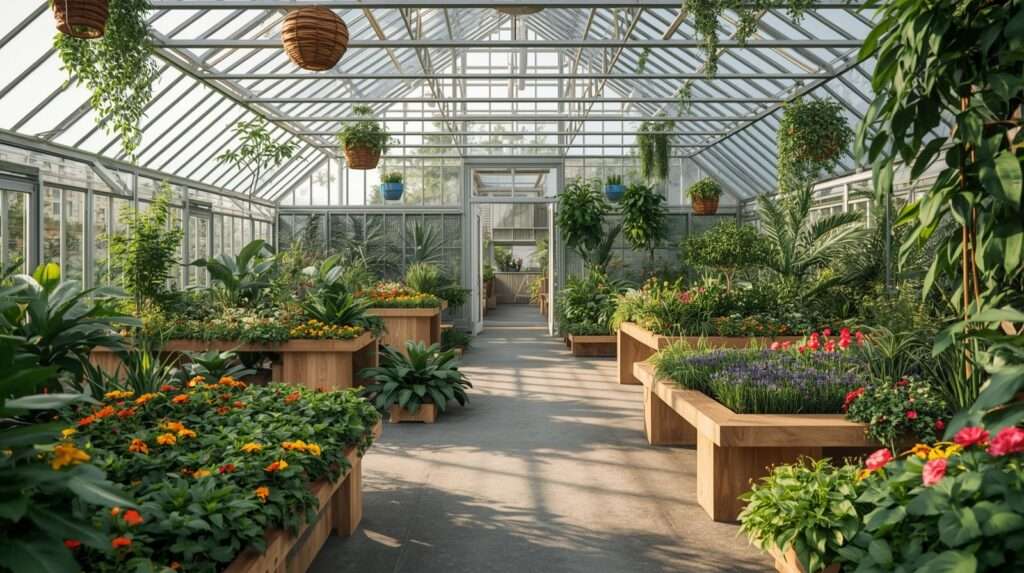Picture this: Your greenhouse is thriving, with vibrant crops yielding twice as much as last season, all while slashing water usage by 30%. This isn’t a dream—it’s the power of irrigation controls in greenhouse farming. Irrigation controls greenhouse success by delivering precise water amounts to plants, optimizing growth, and minimizing waste. Inefficient water management, a common pitfall, leads to stunted crops, skyrocketing costs, and environmental strain. This comprehensive guide, backed by insights from agricultural engineers and seasoned growers, explores cutting-edge irrigation technologies, practical implementation steps, and real-world success stories to help you transform your greenhouse into a model of efficiency and sustainability.
In this article, we’ll dive into the types of irrigation control systems, their benefits, and how to integrate them seamlessly into your greenhouse operations. Whether you’re a small-scale organic farmer or managing a commercial greenhouse, these solutions will boost your yields and save resources. Let’s unlock the potential of smart irrigation for your crops.
Why Irrigation Controls Are Essential for Greenhouse Success
The Challenges of Greenhouse Water Management
Greenhouse farming offers unparalleled control over growing conditions, but water management remains a persistent challenge. Overwatering can drown roots and foster diseases like root rot, while underwatering stunts growth and reduces yields. Inconsistent soil moisture creates uneven crop quality, and runoff wastes valuable water resources. According to a 2023 USDA report, poorly managed greenhouses lose 20-40% of water to inefficiencies, driving up costs and harming the environment. These issues underscore the need for precise irrigation systems to maintain optimal soil moisture and plant health.
The Role of Irrigation Controls in Modern Agriculture
Irrigation controls are automated systems that regulate water delivery based on real-time crop needs, ensuring precision and efficiency. Unlike traditional methods, these systems use sensors, timers, and software to tailor watering schedules, reducing waste and enhancing productivity. Dr. Maria Gonzalez, an agricultural scientist at the University of California, Davis, notes, “Irrigation controls are a cornerstone of precision agriculture, enabling growers to maximize yields while conserving resources.” By integrating data-driven technology, greenhouse operators can achieve consistent results, even in fluctuating climates, making irrigation controls indispensable for modern farming.
Types of Irrigation Control Systems for Greenhouses
Manual vs. Automated Irrigation Systems
Manual irrigation, while cost-effective for small setups, is labor-intensive and prone to human error. Workers may overwater certain areas or miss others, leading to inconsistent crop growth. Automated irrigation systems, on the other hand, use programmed schedules and sensors to deliver water precisely when and where it’s needed. Automation ensures consistency, saves time, and scales easily for larger operations. For example, a 2024 study by the American Society of Horticultural Science found that automated systems improved water use efficiency by 35% compared to manual methods.
Drip Irrigation Systems

Drip irrigation is a game-changer for greenhouses, delivering water directly to plant roots through tubes or emitters. This method minimizes evaporation and runoff, ensuring crops receive exactly what they need. It also reduces the risk of fungal diseases by keeping foliage dry. A tomato greenhouse in Arizona reported a 25% yield increase after switching to drip irrigation, thanks to improved nutrient uptake and water efficiency. Drip systems are ideal for high-value crops like vegetables, herbs, and flowers, offering a cost-effective solution for growers of all sizes.
Sensor-Based Irrigation Controls

Sensor-based systems take precision to the next level by monitoring soil moisture, temperature, and humidity in real time. Soil moisture sensors, for instance, detect when plants need water and trigger irrigation only when necessary. Climate sensors adjust watering based on greenhouse conditions, such as heat or humidity spikes. According to USDA research, sensor-based irrigation can reduce water use by up to 50%, making it a sustainable choice. These systems are particularly effective for crops with specific moisture needs, like orchids or leafy greens.
Smart Irrigation Systems with IoT Integration

Internet of Things (IoT) irrigation systems represent the future of greenhouse farming. These platforms connect sensors, controllers, and mobile apps to provide real-time monitoring and remote control. Growers can adjust watering schedules from their smartphones, integrate weather forecasts, and analyze data to optimize performance. A commercial greenhouse in California saved 1 million gallons of water annually by using an IoT system that adjusted irrigation based on local weather patterns. IoT systems also enable predictive analytics, helping farmers anticipate crop needs and prevent issues before they arise.
Key Benefits of Using Irrigation Controls in Greenhouses
Improved Crop Yields and Quality
Precise water delivery ensures plants receive optimal moisture, leading to healthier growth and higher yields. A 2024 study in the Journal of Horticultural Science found that greenhouses with automated irrigation systems reported 15-30% higher yields than those using manual methods. Consistent watering also improves crop quality, producing uniform sizes and better flavors in fruits and vegetables. For example, a strawberry greenhouse in Florida used drip irrigation to achieve larger, sweeter berries, boosting market value.
Water and Cost Efficiency
Irrigation controls drastically reduce water waste, lowering utility bills and operational costs. A Dutch greenhouse operator reported saving €10,000 annually by switching to a sensor-based system that cut water use by 40%. These savings are critical in regions facing water scarcity or high utility rates. Additionally, efficient irrigation reduces the need for expensive fertilizers, as nutrients are delivered directly to roots without runoff.
Environmental Sustainability
By minimizing water waste and runoff, irrigation controls align with global sustainability goals. The United Nations’ Sustainable Development Goal 6 (Clean Water and Sanitation) emphasizes efficient water use, and smart irrigation systems contribute directly to this objective. Reduced energy consumption for pumping and heating water also lowers a greenhouse’s carbon footprint. For environmentally conscious farmers, these systems offer a path to sustainable, eco-friendly operations.
Labor Savings and Scalability
Automated irrigation eliminates the need for manual watering, freeing up labor for other tasks like harvesting or pest management. This is especially valuable for large-scale operations where labor costs can be significant. Moreover, irrigation controls are scalable, allowing growers to expand their systems as their greenhouse operations grow. John Carter, a greenhouse manager with 20 years of experience, advises, “Start with a modular system you can expand over time to match your growth.”
How to Implement Irrigation Controls in Your Greenhouse
Assessing Your Greenhouse Needs
Before investing in an irrigation system, evaluate your greenhouse’s unique needs. Consider crop types (e.g., water-intensive leafy greens vs. drought-tolerant herbs), soil or growing medium, and local climate conditions. For example, a humid tropical greenhouse may require less frequent watering than one in a dry desert region. Create a checklist:
- Crop water requirements
- Greenhouse size and layout
- Soil or substrate type
- Budget and long-term goals
This assessment ensures you choose a system tailored to your operation.
Selecting the Right Irrigation Control System
Choosing the right system depends on your budget, greenhouse size, and crop diversity. Popular options include Netafim’s drip systems, Hunter’s sensor-based controllers, and Rain Bird’s IoT-enabled platforms. Here’s a quick comparison:
| System | Best For | Cost Range | Key Feature |
|---|---|---|---|
| Netafim Drip | Small to medium greenhouses | $500-$5,000 | Precise root-zone watering |
| Hunter MP Rotator | Large greenhouses | $2,000-$10,000 | Sensor-based automation |
| Rain Bird Smart | Tech-savvy commercial operations | $5,000-$20,000 | IoT integration with mobile control |
Consult with suppliers or agricultural extension services to find the best fit.
Installation and Setup Best Practices
Proper installation is critical for maximizing system performance. Follow these steps:
- Map Your Greenhouse: Design a layout to ensure even water distribution.
- Install Emitters or Sensors: Place drip emitters or sensors near plant roots.
- Test the System: Run a trial to check for leaks or clogs.
- Calibrate Sensors: Adjust settings based on crop and soil needs.
Agricultural engineer Sarah Patel advises, “Always double-check sensor placement—incorrect positioning can lead to overwatering or dry spots.”
Integrating with Greenhouse Management Systems
Modern irrigation controls can sync with other greenhouse systems, such as climate control, lighting, and nutrient delivery. For example, a hydroponic greenhouse in Oregon integrated its drip irrigation with nutrient dosing, resulting in 20% faster crop growth. Use software platforms that support integration, like Priva or Argus, to create a cohesive system. Ensure compatibility by consulting with system providers during the planning phase.
Real-World Success Stories
Case Study 1: Small-Scale Organic Greenhouse

In Vermont, a family-owned organic greenhouse specializing in leafy greens transformed its operations with sensor-based irrigation. Facing inconsistent yields due to manual watering, the owners installed a Netafim drip system with soil moisture sensors. The results were striking: water usage dropped by 40%, and crop yields increased by 15%, boosting annual revenue by $8,000. The system allowed precise water delivery, ensuring spinach and kale thrived without overwatering. This case highlights how even small-scale growers can achieve significant gains with affordable irrigation controls.
Case Study 2: Large Commercial Greenhouse

A commercial flower greenhouse in the Netherlands, supplying roses to global markets, adopted an IoT-enabled irrigation system from Rain Bird. The system integrated real-time weather data and soil sensors to adjust watering schedules dynamically. Over one year, the greenhouse reduced water consumption by 30% and labor costs by 25%, while improving rose quality for export. The manager noted, “Our buyers noticed the difference—our roses are now larger and more vibrant.” This success underscores the scalability and precision of smart irrigation for large operations.
Lessons Learned from Top Greenhouse Operators
Top greenhouse operators emphasize three key takeaways for irrigation control success:
- Start Small: Test a system on a small section of your greenhouse before scaling up.
- Invest in Training: Ensure staff understand how to monitor and maintain the system.
- Monitor Data: Regularly review system analytics to optimize performance.
Dr. Elena Martinez, a greenhouse consultant with 15 years of experience, advises, “The best irrigation systems are only as good as the data you feed them. Regular calibration and oversight are non-negotiable.”
Common Mistakes to Avoid with Greenhouse Irrigation Controls
Over-Reliance on Automation
While automation saves time, over-relying on it without oversight can lead to problems. A greenhouse in Texas lost 10% of its cucumber crop due to a malfunctioning sensor that went unnoticed for weeks. Regular system checks are essential to catch issues like clogged emitters or faulty sensors. Schedule weekly inspections to ensure your system is performing as expected.
Ignoring Maintenance and Calibration
Irrigation systems require regular maintenance to stay effective. Clogged filters, misaligned sensors, or outdated software can reduce efficiency. Create a maintenance schedule:
- Weekly: Check for leaks or clogs in drip lines.
- Monthly: Clean filters and calibrate sensors.
- Quarterly: Update software and inspect controllers.
Neglecting these tasks can lead to uneven watering and crop stress. A greenhouse in Arizona learned this the hard way when uncalibrated sensors caused overwatering, damaging their herb crop.
Choosing Incompatible Systems
Selecting a system that doesn’t match your greenhouse’s needs can waste time and money. For example, a low-tech greenhouse installing a complex IoT system may struggle with setup and maintenance. Work with an irrigation consultant to choose a system aligned with your infrastructure, crop types, and technical expertise. Compatibility ensures long-term success and ease of use.
The Future of Irrigation Controls in Greenhouse Farming
Emerging Technologies

The future of irrigation controls is bright, with innovations like AI-driven irrigation and machine learning transforming greenhouse farming. AI systems analyze historical data to predict watering needs, while drones equipped with moisture sensors monitor large greenhouses in real time. At the 2025 International Horticulture Conference, researchers showcased a machine-learning model that reduced water use by 20% in a pilot greenhouse. These advancements promise even greater precision and sustainability for growers.
Policy and Environmental Impacts
Irrigation controls align with global efforts to combat water scarcity, as outlined in the United Nations’ Sustainable Development Goal 6 (Clean Water and Sanitation). Governments in water-stressed regions, like California and Australia, offer incentives for adopting water-saving technologies, such as tax credits or grants. For example, California’s Water Efficiency Grant Program provides up to $50,000 for installing smart irrigation systems. These policies encourage growers to invest in sustainable practices, benefiting both their operations and the environment.
FAQs About Irrigation Controls for Greenhouses
What are the best irrigation control systems for small greenhouses?
Affordable options like Netafim’s drip systems or basic soil moisture sensors are ideal for small greenhouses. They offer precision without requiring significant investment, with costs starting at $500.
How much can I save with automated irrigation controls?
Savings vary, but studies show 30-50% reductions in water use and up to 20% lower utility costs. A mid-sized greenhouse could save $5,000-$10,000 annually, depending on crop type and region.
Are smart irrigation systems worth the investment?
Yes, especially for commercial operations. IoT systems offer a strong return on investment through water savings, labor reductions, and higher yields. A California greenhouse recouped its $15,000 investment in 18 months.
How do I maintain my irrigation control system?
Follow a regular maintenance routine: clean filters monthly, check sensors for accuracy, and update software quarterly. Regular upkeep prevents costly downtime and ensures optimal performance.
Can irrigation controls work with hydroponic systems?
Absolutely. Drip irrigation and sensor-based systems are highly compatible with hydroponics, delivering precise water and nutrient doses. A hydroponic lettuce farm in Oregon reported 20% faster growth with integrated irrigation controls.
Conclusion
Irrigation controls are the backbone of successful greenhouse farming, offering unmatched precision, efficiency, and sustainability. By adopting systems like drip irrigation, sensor-based controls, or IoT platforms, growers can boost crop yields, cut costs, and contribute to a greener planet. Whether you’re running a small organic greenhouse or a large commercial operation, the right irrigation system can transform your results. Start by assessing your needs, choosing a compatible system, and committing to regular maintenance. Ready to take your greenhouse to the next level? Explore irrigation control options today and share your experiences in the comments below. For more resources, visit trusted suppliers like Netafim or consult your local agricultural extension service.

